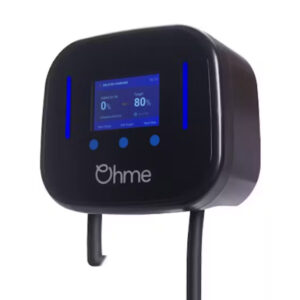Been a wonderful day today for photography…
Spent it out with my amateur (and good) photographer friend Gareth Jones.
Gareth works for the NHS but spends his weekends helping friends and local organisations with any photography assignments. Because it’s his passion and he’s good at it.
Although, he’s just as passionate about McDonald’s coffee too, 3 times we’ve been to refuel.
Today, we’ve travelled around Lancashire and Greater Manchester taking quality snaps of a selection of the home and workplace electric vehicle charge points we’ve installed this year.
Why?
Because it’s a fantastic way of showing people the types or EV charge points we install, the types of locations we install them, and the quality of the work conducted by our installation team.
And we’ll also use these photographs to showcase the work we do on our new ecommerce website. Which we will launch by the end of the year and where you can order your charge point 24/7.
Photographing the products, you provide and the work you do (so potential customers can see what you do and the quality of what you provide) is an easy thing to do, but not everyone does it.
…is it time you found a Gareth (who’s passionate about photography) too?


